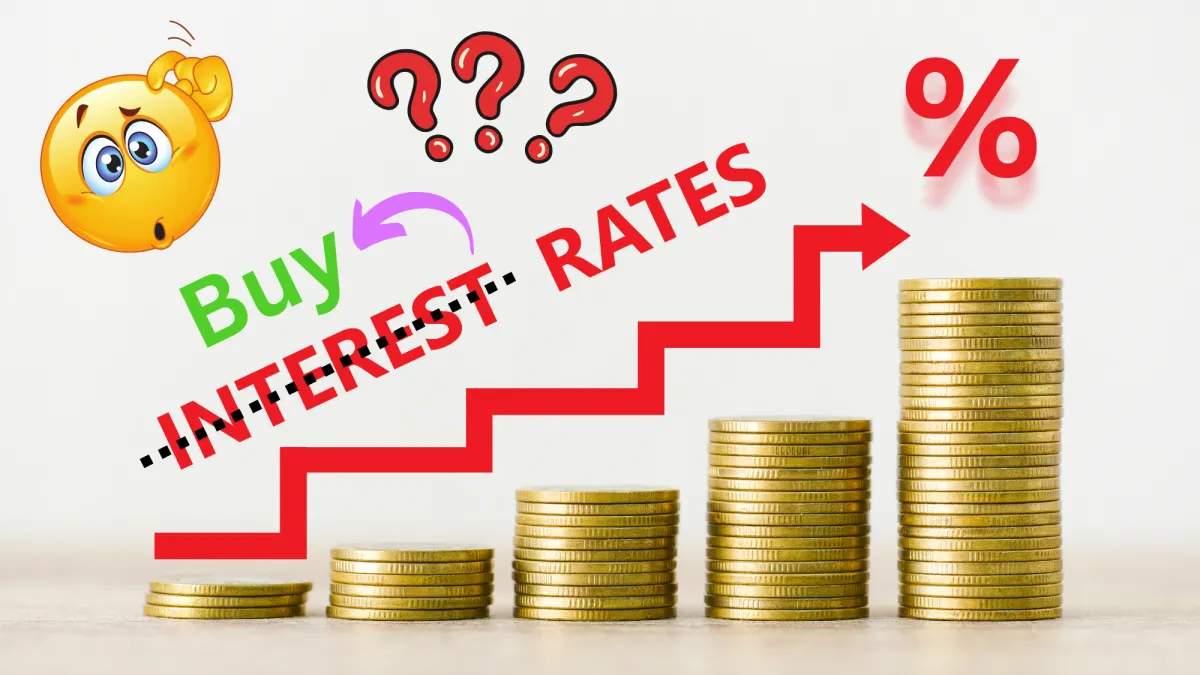
What Is “Buy Rate” in Car Financing? (And How Dealers Use It Against You)
What Is “Buy Rate” in Car Financing? (And How Dealers Use It Against You)
“They said they got me a great rate. What they didn’t say is they marked it up like movie theater popcorn.” 🍿💸
Chase Jordan
Let’s talk about one of the most misunderstood—and most exploited—parts of the car buying process: the buy rate.
We've talked about this before but people keep sending me emails and asking so let's do another review!
Most buyers focus on the price of the car.
But guess what?
The finance office is where dealers often make more money than the showroom ever could.
So buckle up.
This one’s important.
💳 What Is the Buy Rate?
The buy rate is the actual interest rate the lender (bank or credit union) offers to the dealership for your car loan.
Think of it as the wholesale interest rate — the real deal the bank would give you if you went directly to them.
Let’s say:
The bank offers a 5.0% APR based on your credit.
The dealership tells you they got you approved at 6.5% APR.
That 1.5% markup is pure dealer profit — and you pay for it every month.
That’s the game and they never tell you unless you ask and push them to.
🏦 How Dealers Mark It Up (Legally!)
This markup is known as a finance reserve or “dealer reserve.”
Dealers are legally allowed to add up to 2–3 percentage points on top of the lender’s buy rate (depending on state and lender policies).
They don’t have to tell you the buy rate either.
There’s no law requiring disclosure unless you specifically ask (and even then, many play coy).
This “invisible profit” turns financing into one of a dealership’s biggest revenue sources.
📊 How Much Does This Actually Cost You?
Let’s say:
Loan amount: $35,000
Term: 72 months
Bank’s buy rate: 5.0%
Dealer bumps it to: 7.0%
That 2% markup could cost you over $2,600 more in interest over the life of the loan.
And guess who gets that money? 💸
👉 Not the bank. 👉 Not your credit union. 👉 The dealer.
And it gets worse: some buyers with great credit still get marked-up rates because they assume the dealership is giving them the best deal.
📉 The History of Buy Rate Markups (and Lawsuits)
In the 2010s, several lawsuits revealed that dealer finance markups disproportionately affected minority buyers — especially Black and Hispanic consumers — even when they qualified for better rates.
Major lenders like Honda, Toyota, Ally, and Nissan’s finance arm were forced to pay millions in fines and restitution for allowing discretionary markups that resulted in discrimination.
Today, lenders often cap how much the dealer can mark up a loan (typically around 2%)… but the practice is still alive and well.
🧠 How to Protect Yourself
Get Pre-Approved First
From your own bank or credit union — this gives you leverage and a clear baseline.Ask for the Buy Rate
You’re allowed to ask. If they won’t tell you, that’s a 🚩.Negotiate the Rate Like the Car Price
Financing is part of the deal. Push back on inflated rates.Bring in Deal Guard
We can many times see the buy rate, call out the markup, and either negotiate it down or restructure your loan elsewhere.
🛡️ How Deal Guard Handles Buy Rate Markups
At Deal Guard, we:
Review your real credit tier and match it with lender offers
Get quotes from multiple banks, CUs, and online lenders
Compare against the dealer’s rate
Expose markups instantly and fight for true cost financing
We’ve saved clients ten's of thousands in interest—and most never even knew they were being upcharged before.
😎 Final Word from Chase
If you let the dealer set your financing blindly, you’re basically handing them a blank check and saying, “Surprise me.”
Don’t.
At GetDealGuard.com, we don’t just negotiate the car — we negotiate every dollar of the deal, including what you can’t see in fine print.
🎯 Want to avoid hidden loan markups and know exactly what you’re paying for?
Head to GetDealGuard.com and let us fight for you — with expert knowledge, real numbers, and zero BS.
Talk soon —
Chase ⚡️
